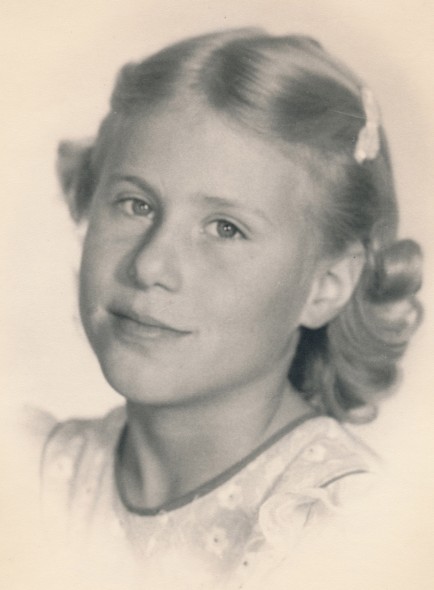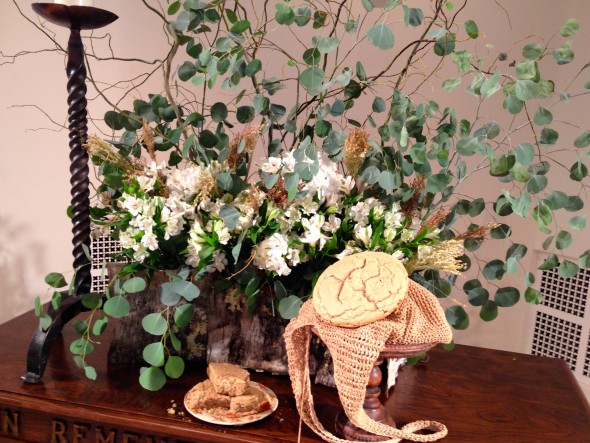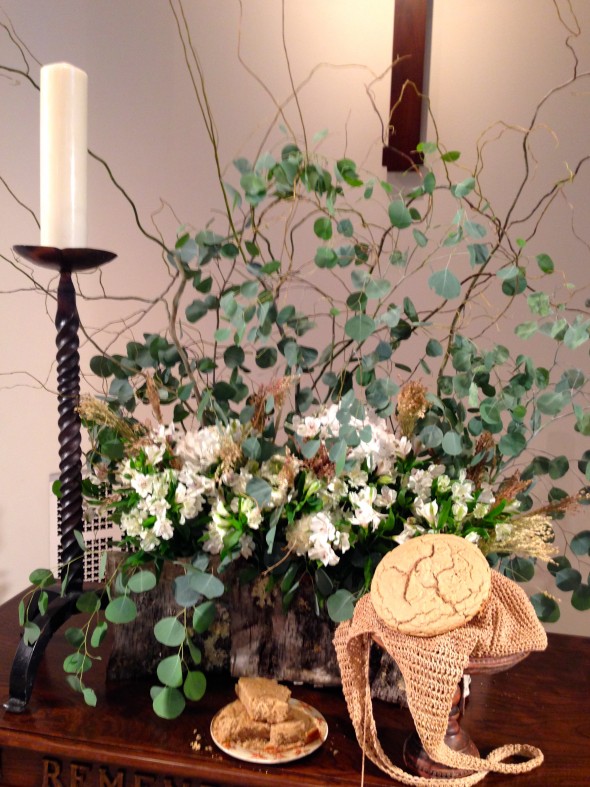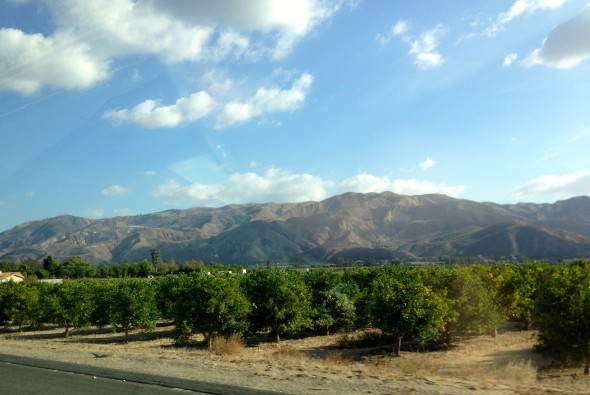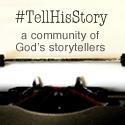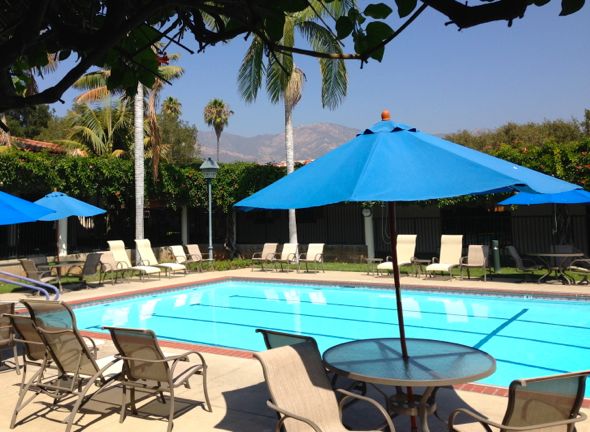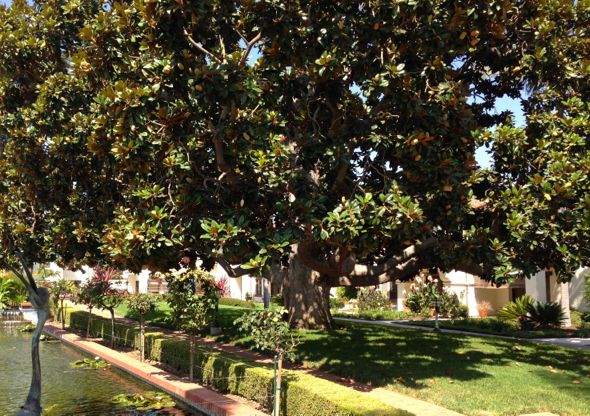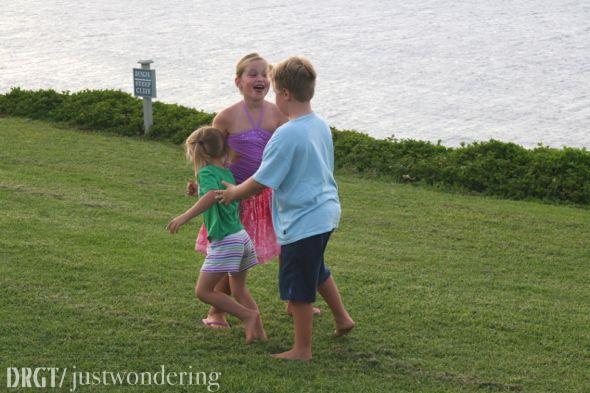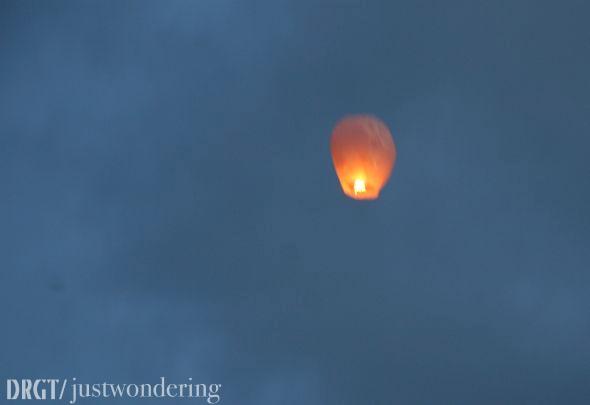Sometimes when I read a book that is new to me, and I discover that I like it, that I’m intrigued by some of the ideas presented or the way language is used, I dog-ear a page that catches my eye. If the book really speaks to my heart, you might find 20 or 30 such pages scattered throughout.
Micha Boyett’s beautiful new book — part memoir, part prayer journal, part glory — has so many down-turned pages that I can no longer close it completely. Oh my, this woman can write! And what she writes? It speaks right into my heart, with hope, honesty and beauty.
I’ve read Micha’s blog, Mama Monk, for over three years now, made the move with her to Patheos, even guest-posted for her once. So I’ve been looking forward to seeing her heart and reading her words in a longer format for quite a while. And I am not disappointed. Micha has been on a journey, a search, for the heart of prayer, the heart of God. A pastor to students in her twenties, convinced that God had Big Plans for her life, plans that she ‘needed’ to discover and fulfill, she found herself in her early thirties as a stay-at-home mom to one, and then two beautiful boys.
What happened to those Big Plans, she wondered? Was she somehow missing the Important Work God had for her to do? Over the course of this gentle book — outlined according to the prayer schedule of St. Benedict — she learns that where she is right now is, indeed, important. That the work she does, the rhythms of child-care, housework, hospitality, marriage and writing — these are the things of life, and Spirit and love-made-real.
Reading that last paragraph might make you think that this is a book for women. Yes, it is. It is also a book for men. This is a book for anyone who earnestly desires to discover God in the midst of the movements of an ordinary day, anyone who longs to know that the work of their hands is blessed and beautiful.
Along the way, Micha writes evocatively about taking time for silence and retreat at a couple of local monasteries, she describes what she learns in spiritual direction, she shows us how her husband helps her to see herself and her ideas about God in new and different ways, she whispers that loneliness can be an invitation to a deeper faith. And somewhere in there, she talks about . . . fly-fishing.
Just two pages, a small story — but one of the most beautiful things I’ve read in a long, long time. Here’s a small piece of it:
“I raise my rod and cast the line out. It’s beautiful. Sometimes I think fly-fishing is like praying the rosary; moving slow through each bead, letting the physical act move my unfocused body from distraction into awareness. It’s the repetition, the sameness of coming to God with simple words and rhythm, that opens me to recognize the God-already-here. . . Prayer is not as hard as I make it out to be. Again and again, lift and unfold. Lay that line out, let it meander a little. Do it again. I am not profound. I am not brave in spirit. My faith is threadbare and self-consumed, but I am loved, I am loved, I am loved.” – pg. 226-227
With all my heart, I recommend this book to you. It is rich, captivating, lush with beautiful language and ideas. And most of all, it is touchable. Micha is no plaster saint, she is a real, flesh-and-blood woman, wife, mother, pastor, writer, seeker. She invites you along for the journey, and friends? it is a trip so worth taking.
I received an advanced reader’s copy of this lovely book. In exchange for that, I committed to write an honest review. This is it. Buy this book. Mark it up, keep it nearby, go back to it, keep a list of favorite lines. Yes. Do it.
Here are what a few others are saying about this fine book:
“I devoured this kind and generous book: Micha is singing the longings of all the tired mother
pilgrims. Every word is like motherhood: elegant, earthy, loving, and present.”
—Sarah Bessey, author of Jesus Feminist
“With this beautiful book, Micha Boyett opens a door to Benedictine spirituality through
regular, busy people can enter and taste, see, smell, hear, and feel what it means to live life as a
prayer. This debut sets Boyett apart as one of the most promising new writers of a generation.”
—Rachel Held Evans, author of A Year of Biblical Womanhood
“Reading Found is like taking a deep breath of grace. You’ll hear the echo of your own
questions and doubts in the gentle ways Micha Boyett addresses her own, and by the end,
you’ll feel the quiet goodness of enough. For anyone who’s ever gotten prayer all tangled up in
performance—this one’s for you.”
—Addie Zierman, author of When We Were On Fire: A Memoir of Consuming Faith,
Tangled Love and Starting Over
“This book is stunning. Beautifully written, Micha Boyett’s Found is a penetrating story, rich
in humanity and faith, the kind of book that stays with you long after you’ve read its last page.
Like Henri Nouwen and Madeline L’Engle, Boyett’s spiritual journey is divinely practical, a
relatable and potentially anointed narrative that renews, inspires, and reminds us that we are not
lost.”
—Matthew Paul Turner, author of Churched and Our Great Big American God
“Micha Boyett is in search for the beauty in the everyday, the prayer that hides itself in dinners
and diapers and naps. She is as skilled of a tour guide for Benedictine spirituality as she is for
her own story, and in these pages you will find that the sacred has been there all along.”
—Adam S. McHugh, author of Introverts in the Church
“In Found, Micha Boyett tells the small story of her own redemptions, inviting readers into a
life of earnest spiritual seeking. Written in reflective bursts of prose mirroring monastic hours
and the holy calendar, Boyett has created an account of spiritual resolve, believing that the
most important journeys of the heart are the modest ones.”
—Dave Harrity, director of ANTLER and author of Making Manifest: On Faith,
Creativity, and the Kingdom at Hand






